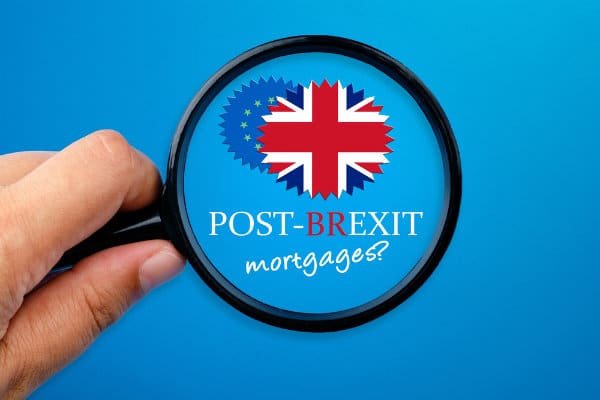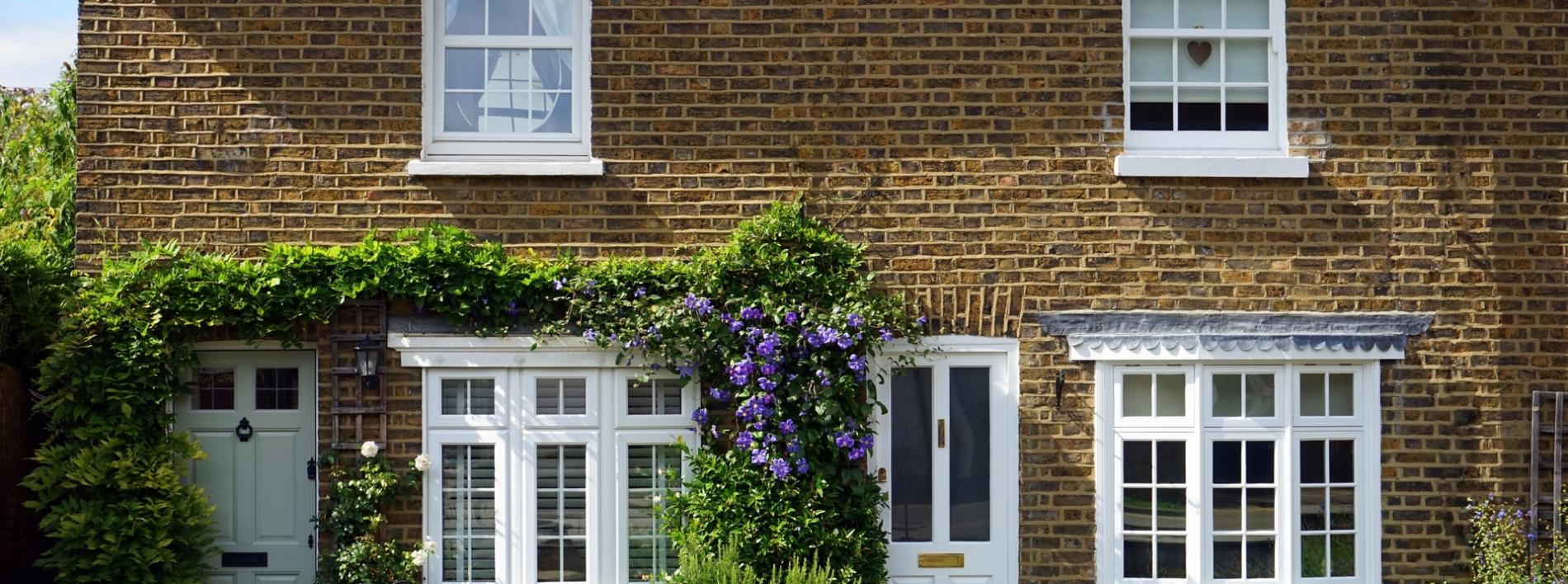October 13, 2016

selected branch: Edinburgh
Find your local branch
Aberdeen
view detailsBellshill
view detailsBerwick-upon-Tweed
view detailsBirmingham
view detailsBrighton and Worthing
view detailsBristol and Bath
view detailsCardiff & Newport
view detailsCarlisle
view detailsConsett, Stanley & Tyne Valley
view detailsDalkeith
view detailsDarlington
view detailsDundee
view detailsDunfermline
view detailsDurham
view detailsEdinburgh
view detailsElgin & Inverness
view detailsFalkirk
view detailsForfar
view detailsGalashiels
view detailsGateshead
view detailsGlasgow
view detailsHull
view detailsKirkcaldy
view detailsLeeds
view detailsLiverpool
view detailsLivingston
view detailsLondon
view detailsManchester
view detailsMiddlesbrough
view detailsMusselburgh
view detailsNewcastle
view detailsPaisley
view detailsPerth
view detailsPreston
view detailsSheffield
view detailsSouthampton & Portsmouth
view detailsStirling
view detailsStockport
view detailsStoke-on-Trent
view detailsSunderland
view detailsYork
view detailsEdinburgh is the capital city of Scotland, and although it’s not the biggest city in the country, it has plenty going for it. In the past, it’s been voted as the second city in the world for quality of life, and it’s also been found to be the safest city in the UK. It’s fair to say that the quality of life in Edinburgh is high. If you want to buy a house in Edinburgh, we’ve put together everything you need to know about living in Scotland’s first city, from what the food and drink scene is like, to the best schools in Edinburgh.
History of Edinburgh
The earliest signs of civilisation in Edinburgh date back to c.8500 BC, but it wasn’t until the 12th century that it was established as a royal burgh. By the 17th century, the population of Edinburgh was rapidly increasing, resulting in buildings of 12 or more storeys, and by the first half of the 18th century, the city was one of the most densely populated in Europe. The New Town was constructed in the late 1700s, partly in response to the unsanitary living conditions Edinburgh residents were living in.
Princes Street Gardens were created, and wide, symmetrical streets of single-family homes were built in what was, at the time, the biggest city development project in the world.
In the 19th century, the New Town became a major shopping and commercial hub, which was stimulated by the arrival of the railway to the city in the 1840s. Since then, Edinburgh has remained at the forefront of the financial and commercial industries in Scotland, and in more recent years, the city has become a major hub for the technology and digital industries.
Culture in Edinburgh
At the centre of Edinburgh’s cultural life is the festivals it plays host to. The most famous of these is the Edinburgh Festival Fringe, but did you know that’s not the only festival held in the city? Throughout the year, Edinburgh is the proud host of:
- Edinburgh Science Festival (April)
- Edinburgh International Children’s Festival (May)
- Edinburgh International Film Festival (June)
- Edinburgh Jazz and Blues Festival (July)
- Edinburgh Art Festival (August)
- Edinburgh Festival Fringe (August)
- The Royal Edinburgh Military Tattoo (August)
- Edinburgh International Festival (August)
- Edinburgh International Book Festival (August)
- Scottish International Storytelling Festival (October)
- Edinburgh’s Hogmanay (December)
The Edinburgh Festival Fringe is the largest arts festival in the world. It started in 1947 as an alternative to the Edinburgh International Festival, which is more focused on theatre and classical music. The Edinburgh Fringe, in contrast, has a heavy roster of comedy acts, although there’s also theatre, dance, physical theatre, circus, cabaret, musicals, music and exhibitions. Every August, the city centre becomes a hub of activity as thousands of tourists and performers take to the streets. As a local, you get to experience the very best of culture right on your doorstep, without having to pay for expensive accommodation as many visitors and performers do.
Food and Drink in Edinburgh
Whether you want classic fish and chips, or a Michelin-starred meal, there’s something for everyone in Edinburgh. The city has three restaurants with Michelin stars; Number One in the Balmoral Hotel, which has had a Michelin star for over 17 years; The Kitchin, run by Scottish chef Tom Kitchin and focusing on food which is ‘from nature to plate’; and Restaurant Martin Wishart, which serves French cuisine and is popular for its tasting menus.
The latter two restaurants are located in the Shore area of Leith, where you’ll also find plenty of other restaurants, particularly ones which serve up fresh fish and seafood like The Ship on the Shore.
There are independent cafes and restaurants to enjoy all over Edinburgh. Newington, popular with students, is the place to go for a cheap bite to eat, whilst Bruntsfield and Morningside have lots of trendy cafes and restaurants for a laid-back brunch, lunch or dinner. The vegan scene in Edinburgh is on the rise, with an ever-increasing number of meat- and dairy-free establishments, including Harmonium in Leith, Henderson’s in the city centre, and Sora Lella in Tollcross.
Local markets are popular in Edinburgh, with several weekly markets taking place across the city. Edinburgh Farmers Market takes place on Castle Terrace, in the shadow of Edinburgh Castle, every Saturday morning, and there are also Saturday markets on the Grassmarket and in Leith. Every Sunday, there’s a market in Stockbridge, and the Pitt Market in Leith is open every weekend, featuring a variety of street food vendors.
There’s also a vibrant nightlife scene in Edinburgh. The New Town is the place to go for cocktails, in one of the city centre’s quirky bars like Panda and Sons, Hoot the Redeemer, The Bon Vivant or the Voodoo Rooms. If you’re a whisky fan, there are plenty of choices for you – try Usquabae in the West End, Teuchter’s, or the Bow Bar in the Old Town. The city isn’t short of traditional pubs either. Check out The Sheep Heid Inn, Scotland’s oldest pub, Sandy Bell’s for great folk music sessions; or the Cafe Royal for a slice of old-school Edinburgh.
Shopping in Edinburgh
Princes Street is the main shopping street in Edinburgh, and is home to a wide variety of high street names, catering to all your fashion, beauty and technology needs. Running parallel to Princes Street, George Street has many more shopping options, with typically higher-end ships than you’ll find on its neighbour. Nearby, Multrees Walk is the place to go for designer shopping, including Scotland’s only Harvey Nichols, as well as branches of Burberry, Louis Vuitton, Max Mara and more.
If independent shopping is more your style, you’ll find plenty of options in Stockbridge, Bruntsfield and Morningside, as well as the quirky Old Town streets of Victoria Street and Cockburn Street. These areas are packed with gift shops, independent bakeries, grocers and clothes shops, so there’s something to cater to your every need.
There are several shopping centres and retail parks within a short distance of Edinburgh. Roughly five miles from the city centre, Straiton Retail Park has a wide variety of shops, with IKEA close by. There’s also Fort Kinnaird, which is well-served by buses for easy access from the city, as well as The Gyle Shopping Centre, which is located at the edge of Corstorphine.
Schools in Edinburgh
There are a number of very highly regarded schools in Edinburgh. Edinburgh is divided into catchment areas, and children will usually go to their catchment school (unless you opt for private education), so this is something to consider when you’re deciding which area to buy a house in.
Sciennes Primary School is one of the largest primary schools in Scotland and serves the area of Sciennes, which is located next to the Meadows. South Morningside Primary School is another well-regarded large primary school, with over 600 pupils, and strong track record of performance.
In terms of secondary schools, Boroughmuir High School and James Gillespie’s High School are both generally regarded as the best secondary schools in Edinburgh. Boroughmuir High has twice been awarded the accolade of Sunday Times State School of the year; most recently in 2018, and also in 2012. James Gillespie’s High has been ranked in the top ten schools in Scotland on multiple occasions. The Royal High School in the west of Edinburgh is also widely regarded as a very good choice. It’s one of the oldest schools in the country and has a wide range of extracurricular activities.
There are 11 special schools in the city of Edinburgh. This includes Braidburn School in the southwest of Edinburgh, which provides a supportive learning environment for learners with additional support needs aged between 2 and 18; and Kaimes School on Lasswade Road, which mainly caters for children with autism. The Royal Blind School caters for children aged 3 to 19 who are blind or partially sighted, and has both day and boarding options.
There are also a number of private schools in Edinburgh which are very well thought of, including the co-educational Fettes College, George Heriot’s School, George Watson’s College, all-girls Mary Erskine School and all-boys Stewart’s Melville College.
Transport in Edinburgh
Edinburgh is very well-connected, with buses, trains and trams all offering easy public transport in and around the city. The main bus company in Edinburgh is Lothian Buses, which serves all of the city, and runs night buses to get you home safely from midnight to 04:30am. Edinburgh suburbs like Portobello and nearby towns including Dalkeith and Musselburgh are also served by Lothian Buses, as well as by train.
There are two main train stations in Edinburgh; Waverley and Haymarket. Edinburgh Waverley is one of the busiest transport hubs in Scotland, with trains taking you all over Scotland and beyond. There are many commuter towns close to Edinburgh which are easily accessible by train, so if you’d prefer to live in one of the suburbs of Edinburgh or in the Lothians, you’ll be able to get into work quickly and easily.
Edinburgh’s tram line opened in 2014, running from Edinburgh Airport to York Place in the city centre. It’s currently being extended to Newhaven, and is due to open in 2023. The extension will make it much quicker and easier for those living in Leith and Newhaven to get to the airport.
Edinburgh Airport is just five miles west of the city centre, and it’s served by the tram as well as three separate bus services from different areas of the city. Edinburgh Airport is the busiest airport in Scotland, and the sixth busiest airport in the UK, and serves a huge variety of domestic and international destinations.
If you need advice for first-time buying in Edinburgh – or if you’re looking for a reliable mortgage broker in the Lothians – don’t hesitate to contact us today.
We’re experts on all things mortgage-related (and our services are always 100% free).


October 13, 2016
